Martin Butera Visit to the station Super Radio Brasil AM 940, in Rio de Janeiro – Brazil

Station belonging to the group “Super Rede Boa Vontade de Rádio (Super RVB)”, is a programming station based on “Ecumenism”.
Ecumenism is the trend or movement that seeks the restoration of Christian unity, that is, the unity of the different “historical” Christian religious confessions, separated from the great schisms.
Its headquarters are in the city of Rio de Janeiro, capital of the state of the same name. It operates in medium wave, at the frequency of 940 kHz, it is a very well-known station for Dxers who like medium wave DX, since due to its great power, it is usually captured and reported without many difficulties, it can be said that it is a of the great transmitters of South America.
As I mentioned before, it belongs to the “Legion of Good Will”, and its programming is ecumenical, but it is also focused on entertainment, journalism and sports.
Its studios are located at the Legião da Boa Vontade headquarters in Rio de Janeiro, on Avenida Marechal Floriano, downtown Rio de Janeiro, and its powerful transmitters are in the Várzea Alegre neighborhood, in Guapimirim, more precisely at the address: Rua Antônio Inácio da Silveira Júnior, number 516, Exact coordinates: 22 ° 40’29 “S 43 ° 1’43” W.
It is part of a large chain with the same name of stations located in the most important cities of Brazil, they are in Brasilia (Federal District of Brazil) on AM 1210 KHz and in the great state of São Paulo on AM 1230 KHz.
It also has repeaters in Sertãozinho, in the interior of Sao Paulo in AM 550 KHz, in the city of Porto Alegre, capital of the state of Rio Grande do Sul in AM 1300 KHz, where it also does it in short wave segments in 25 Mts – 11,895 KHz , 31 meters – 9,550 KHz and in 49 meters – 6,610 KHz.
It is also present in Santo Antonio do Descoberto, state of Goiás on the FM frequency 88.9 Mhz, in the city of Montes Claros, state of Minas Gerais in AM in 550 KHz, also in Manaus, capital of the state of Amazonas in AM 610 KHz and finally in Salvador, capital of the state of Bahia in AM 1350 KHz.
It also produces television content that is broadcast on satellite TV on the “OI TV” channel, Channel 989.
To talk about this station, it is essential to review the figure of the founder “José de Paiva Netto”, who with his charisma and his will to serve others, built a great means of communication in Brazil.
Brief history about the 940 KHz frequency of Rio de Janeiro
On the Avenida Río Branco, the most important in the center of the city of Rio, the morning newspaper Jornal do Brasil of Count Ernesto Pereira Carneiro inaugurated, on August 10, 1935, his station, which had the prefix PRF-4. It was the first journalistic radio station in Rio de Janeiro, despite dedicating part of its hours to music and sports programs.
Since its founding, it has been based on a sober, elegant and impartial style. Although journalism was the priority, the station intertwined its news with a quality musical program, without space for fashions and songs of dubious quality. He had a program aimed at classes A and B.
In the 1960s and 1970s, the radio called for censorship by the military dictatorship and managed to broadcast reports and interviews, which between the lines demonstrated the chaos that Brazil had become. A truth that governments after 1964 obviously did not want to be made public.
With the serious crisis of the Jornal do Brasil Group, which began in the 1980s, the radio was sold in 1992 to the state deputy Francisco Silva. In 1999, the radio was sold again, to the Legião da Boa Vontade, directed by the journalist, broadcaster and writer José de Paiva Netto. The station then changes its name to Super Rádio Brasil and joins Super Rede Boa Vontade.

Legion of Good Will (LBV)
Since the beginning of the Legion of Good Will (LBV), in the 1940s, the message of consolation to souls has been radiated by radio waves, through the program Hora de la Buena Voluntad – created by the journalist and broadcaster Alziro Zarur (1914-1979).
The radio program that began on March 4, 1949, was already one of the most listened to of the time.
On September 1, 1992, the announcer, journalist and writer Paiva Netto further expanded the scope of communication, inaugurating the Super Rede Boa Vontade de Rádio, with its own program and radio 24 hours a day.
According to data provided by the station’s production, all Super RBV programming stands out for its excellence in content. The highlight is the ecumenical preaching of the announcer Paiva Netto and the Gospel-Apocalypse of Jesus, always in Spirit and Truth in light of the New Commandment of the Heavenly Educator, which proposes the understanding of the Holy Book without dogmas, under the inspiration of Love Divine preached and experienced by Jesus (Gospel according to John, 13, 34 and 35).
The listener also follows a daily program aimed at the whole family and content that addresses health, culture and quality of life with ecumenical spirituality in programs for children, youth, adults and the elderly.
But who is José Simões de Paiva Netto?
José Simões de Paiva Netto (Rio de Janeiro, March 2, 1941) is a Brazilian writer, broadcaster, composer, poet and religious leader. He is the current president of the Legion of Good Will (LGW), (since 1979). Acting in this entity, he wrote several books and articles.
He is also a member of the Brazilian Press Association (ABI), the National Federation of Journalists (Fenaj), the Academy of Letters of Central Brazil, the Union of Professional Journalists of the State of Rio de Janeiro, the Union of Writers of Rio de Janeiro , the Union of Radio Broadcasters of Rio de Janeiro and the Brazilian Union of Composers (UBC).
Short Biography José Simões de Paiva Netto
In his youth, his father encouraged him to read from a very young age. He also helped his mother, who was a practical nurse, she taught him to support the sick and always welcome anyone who knocked on the door of the house looking for help. His childhood and youth were marked by a concern for philosophical, spiritual, social, political, scientific and economic problems and for helping those in need.
He studied at the traditional Pedro II College, in the capital of Rio de Janeiro, from where he received the title of Eminent Student, being honored with a bronze plaque.
In 1956 he began his work with the founder of the Legion of Good Will, also known as the LGW, the journalist, broadcaster, writer and poet Alziro Zarur, becoming one of his main advisers for almost a quarter of a century. Later, he became Secretary General of the Institution (position equivalent to that of Vice President).
With the death of Zarur in 1979, his wife Iracy Zarur succeeded him along with his two sons Paulo and Pedro, accompanied by Paiva Netto.
He has presided over the Legion of Good Will since 1979, having multiplied the institution’s human, social and educational promotion programs. The LGW launched the slogan Education and Culture, Food, Health and Work with Ecumenical Spirituality, a framework for community action, which stands out for its high qualitative standard in supporting populations living in situations of social and personal risk.
This work was taken to other countries. Currently, this solidarity initiative is developed by the Legion of Good Will of Argentina, Uruguay, Paraguay, Bolivia, Portugal and the United States, and in different regions of the world. The LGW was the first Brazilian non-governmental organization to join the United Nations Department of Public Information (DPI), in 1994.
In 1999, it became the first NGO in Brazil to achieve consultative status with the UN General Council (Ecosoc). And, in 2000, he joined the Conference of NGOs with Consultative Relations for the United Nations (Congo), in Vienna, Austria.

Temple of goodwill and communication network
In 1989, Paiva Netto inaugurated, in Brasilia, the Temple of Good Will (TBV), a pole of Total and Unrestricted Ecumenism, with daring architecture and frequented by its universalist Spirituality. In addition to the TBV, in 1994 the World Parliament of the Ecumenical Fraternity was inaugurated, the ParlaMundi of the LGW, a work that forms the architectural complex that is the number one visitor, according to the Department of Tourism of the Federal District, receiving in its 32 years more than 40 million visitors.
To propagate this ideal of solidarity, Paiva Netto created the Super Rede Boa Vontade de Rádio (Super RBV) and the World Television Network.
He is also the author of several best sellers, with more than 3 million books sold.

Distinction of the Order of Merit of the Ecumenical Fraternity
To honor the personalities who are distinguished in their areas of action in favor of the dissemination of Peace and Solidarity in Brazil and in the world, Paiva Netto instituted the Distinction of the Order of Merit of the Ecumenical Fraternity, an award that, since 1996, it is delivered annually. Among those who have already received the LBV Distinction are the statesmen Mário Soares (1924-2017), former President and former Prime Minister of Portugal, and Nelson Mandela (1918-2013), Nobel Peace Prize in 1993 and the first black President from South Africa, from 1994 to 1999; the Dalai Lama Tenzin Gyatso, Tibetan leader and Nobel Peace Prize winner in 1989; former UN Secretary General Kofi Annan (1938-2018); the Athlete of the 20th Century, Pelé; Francisco Cândido Xavier, spirit medium (1910-2002); and Don Hélder Câmara (1909-1999), Ex-Archbishop of Olinda and Recife. In addition to these, other great names from various branches of Brazilian and world society were honored at the special session of the Order of Merit of the Ecumenical Fraternity, delivered in the United States, on the occasion of Brazilian Day in New York. The festival, held annually in the heart of Manhattan to celebrate the Independence of Brazil, receives more than a million people every year, being considered one of the most popular parties of the Big Apple.

The radio inside
Now, after a little review of the history of radio, I will go on to tell you what radio is like from the inside, through exclusive images that I will prepare for you.
The first thing we see when we enter the station is a large American-style workstation, separated by panels, where a modern and small TV studio also works, in the style we could say of the “Youtuber” type, with different background panels and reflectors.


Main study
Seeing this beautiful and modern studio, working so well, gives me immense joy, because you really get to perceive the effort and work of Paiva Netto and of so many people linked to the Boa vontade legion.


Main Control
The control has a powerful console, it is the new “Si Performer”, by Soundcraft (Harman), which has been designed on the Si Compact range, with almost double the DSP power and increased functionality, with a capacity of up to 80 inputs for combination on all models.
As for inputs and outputs, the “Si Performer” console has 24 microphones and eight line inputs, plus the four FX return channels. The optional addition of two card slots allows I / O expansion via any Soundcraft stagebox and option cards from the Soundcraft ViSi Connect range, thus providing the ability to patch up to 80 inputs to combine, as well as from CobraNet, AVIOM inputs or AES by means of appropriate cards.
A feature-packed console with fully parametric 4-band EQ as standard on all input channels and above Soundcraft’s digital range, BSS graphic EQs on all bus outputs.
We can also see Rokit Krk Active Monitors and computerized radio automation software.
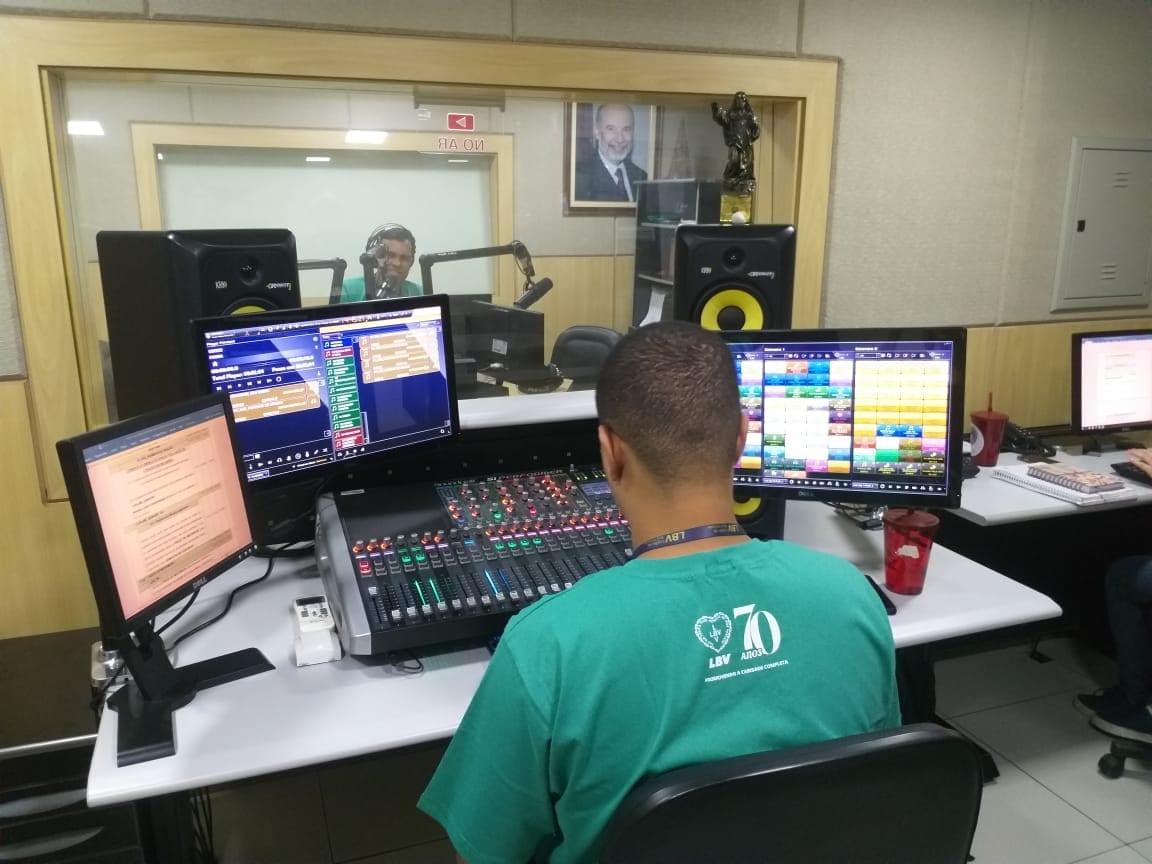

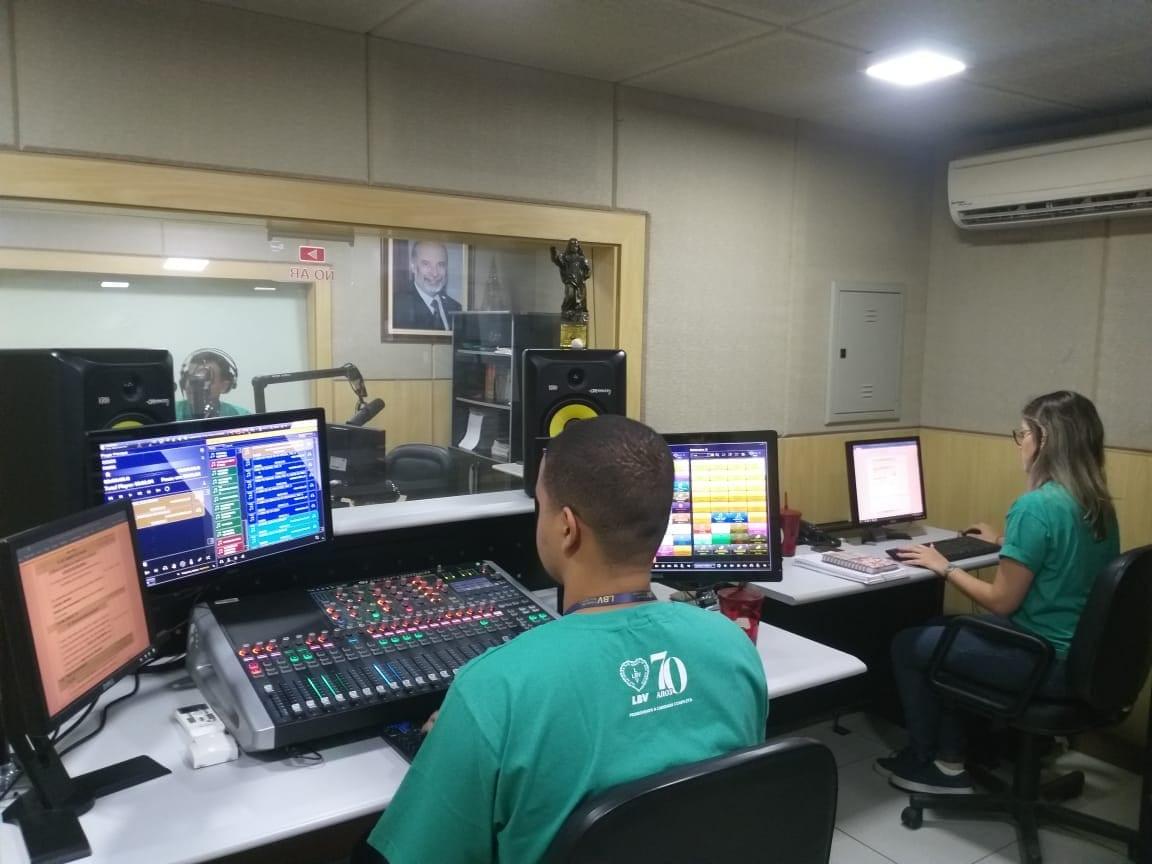
Audio and Process Racks
In the same space of the central control, there is a modern configuration of audio processing racks and links with the other stations, as well as TV monitoring.
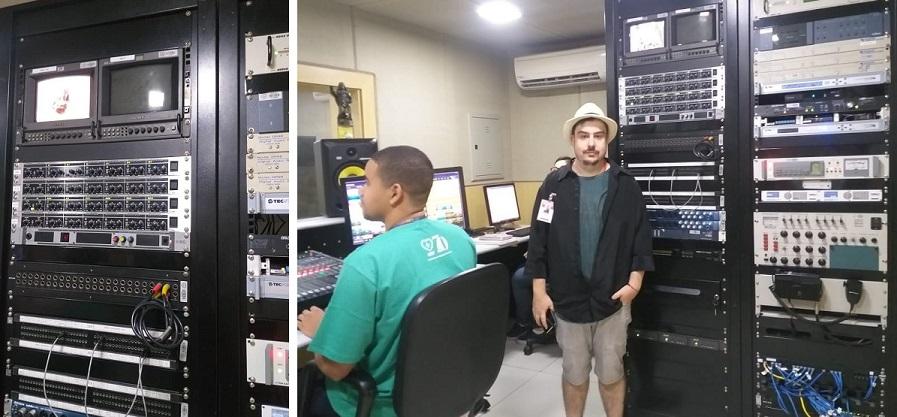
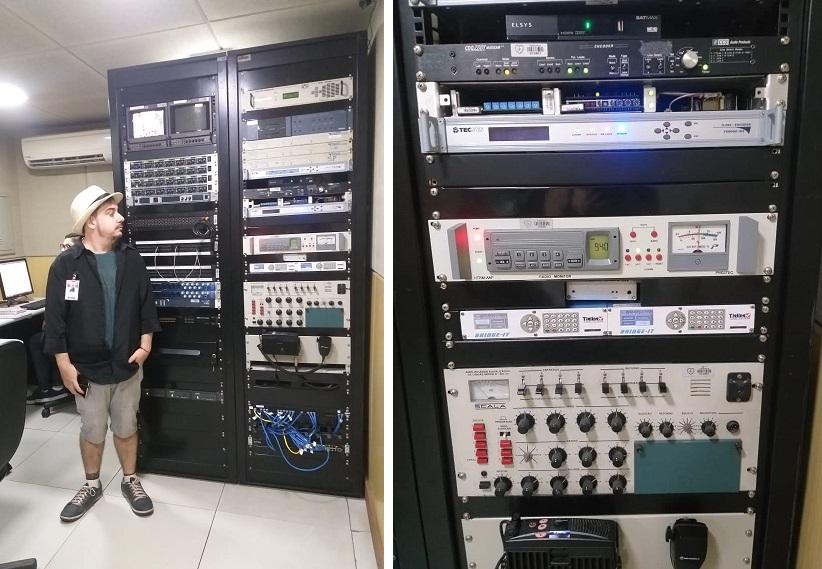
Recording studio and studio B
The station has a modern and complete recording studio, which in turn can serve as a substitute studio, without the need for monitoring the central studio.
We can see Active Rokit Krk monitors and another “Si Performer.

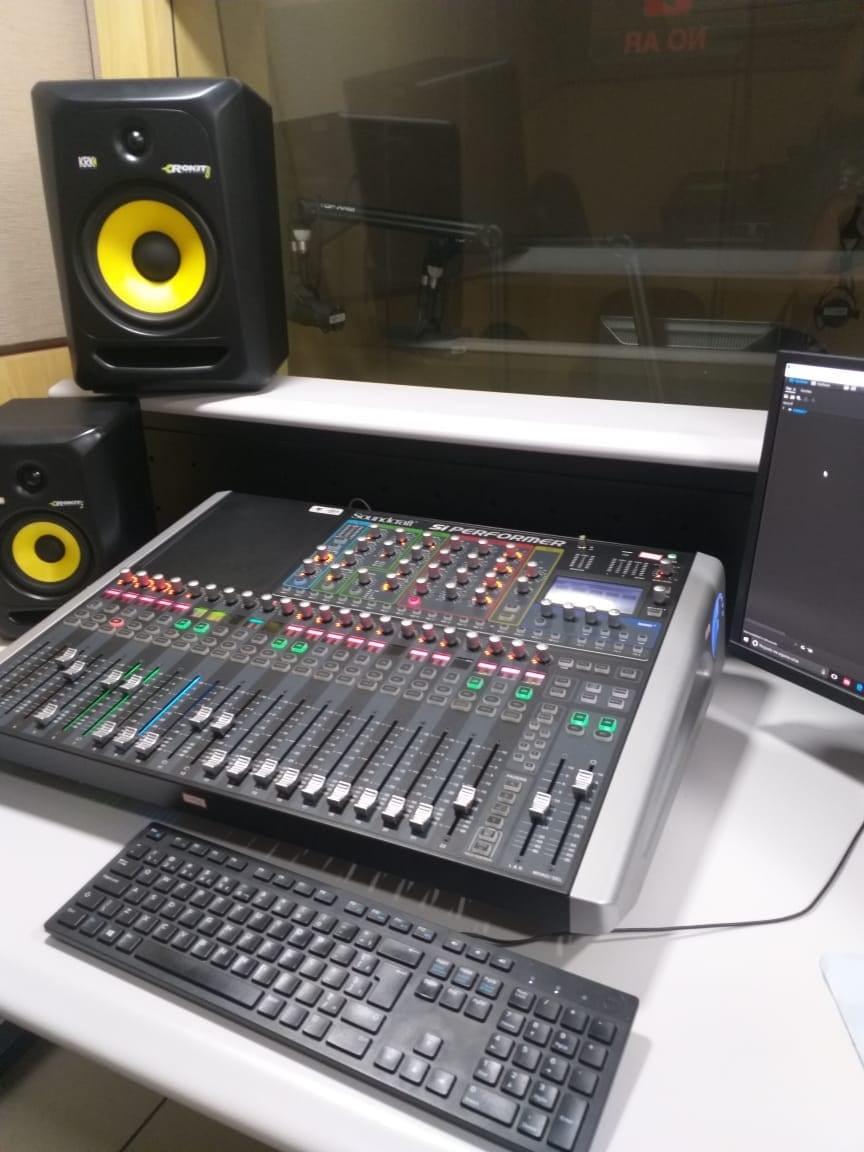
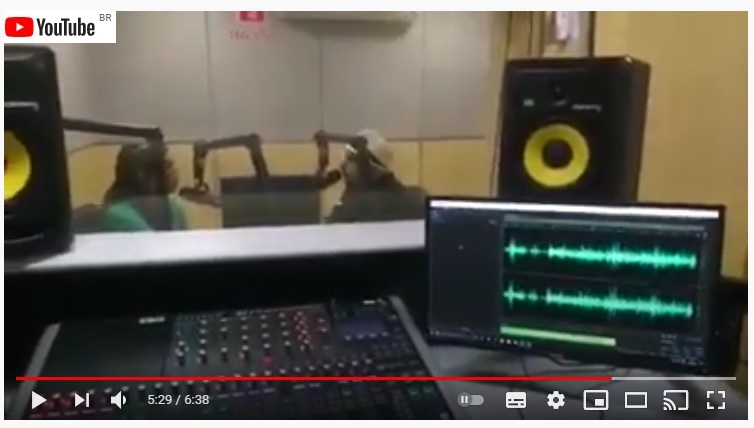
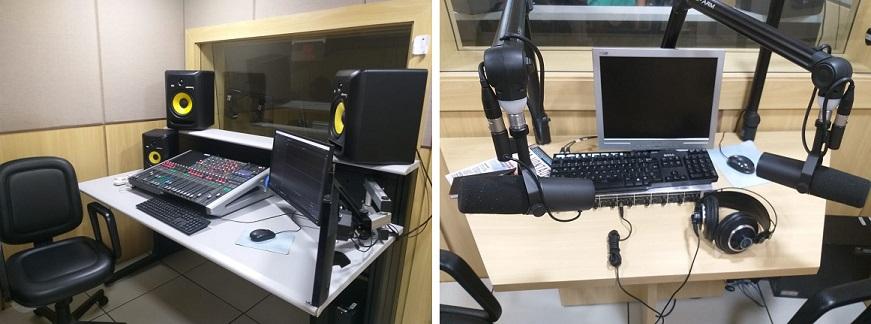
Final conclusion by Martin Butera
78 years ago, the first Brazilian religious radio program, called “A Voz da Profecia”, was broadcast in Brazil.
Radio stations with religious content in Brazil have never stopped growing, this is a phenomenon that challenges researchers in the field of social communication to this day.
This brief visit to Super Radio Brasil AM 940, in Rio de Janeiro, has the objective of showing a new radio with religious content in Brazil.
In these 78 years, churches of all denominations have begun to use the radio, as an extension of their altars and, through the microphones of the announcers in the capitals and from the interior of the great country of Brazil, broadcasting programming that mixes preaching, religious music, journalism, service provision and biblical readings in a profusion of genres with the aim of regulating and keeping the faithful on their own or rented frequencies.
The phenomenon is clearly understandable, as churches increasingly want to reach their faithful through broadcasting.
Radio in Brazil reaches 79% of the population, which represents around 49 million listeners. In general, the average audience remains constant every day of the week, in all the main squares of the country, showing a small decrease on Saturdays and Sundays, according to updated data from Intercom (Sociedade Brasileira de Estudos Interdisciplinares da Comunicação)
Those who follow my work will have already read other reports and visits to religious radio stations in Brazil and will have realized that the pattern is constantly repeated, all these stations surprise us, due to the great investment in technology and training of their personnel, perhaps that is the key to constant growth.
Thanks
This report would not have been possible without the help and contact of my great friend in Rio de Janeiro “Sales Moreno (PY1IBM)”, friend and fellow radio amateur, who works as a monitoring analyst in several of the most important companies in Brazil and as A radio amateur has provided his service for the “Grêmio de Comunicações da Escola Naval” and the “Marinha do Brasil”, currently part of the Rener (National Emergency Network of Radioamadores), that has allowed him to work on several occasions in common with the Legion of Good Vontade.
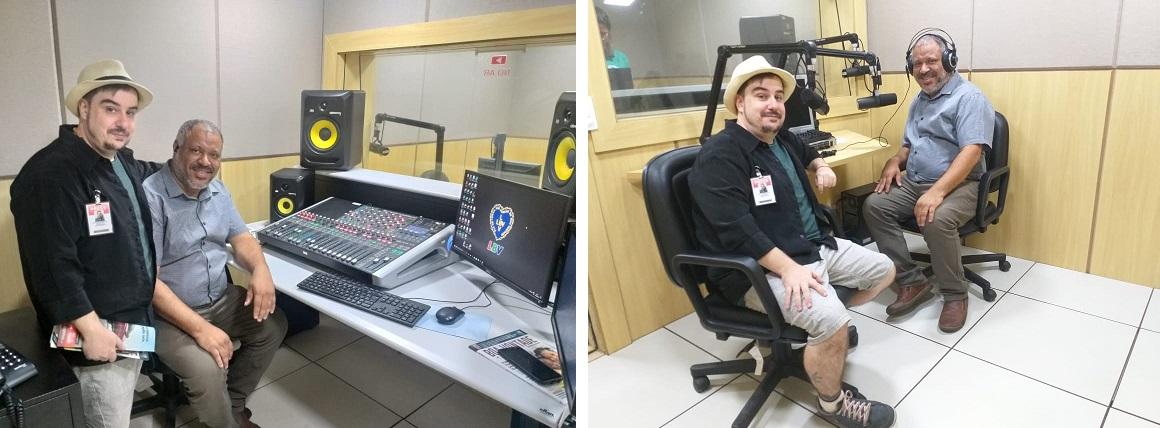
Thanks as always for the help of my wife (Ligia Kate), in the photographs and to Iracy, producer of Super Radio Brasil AM 940, in Rio de Janeiro – Brazil for the kind attention during the tour of the station.
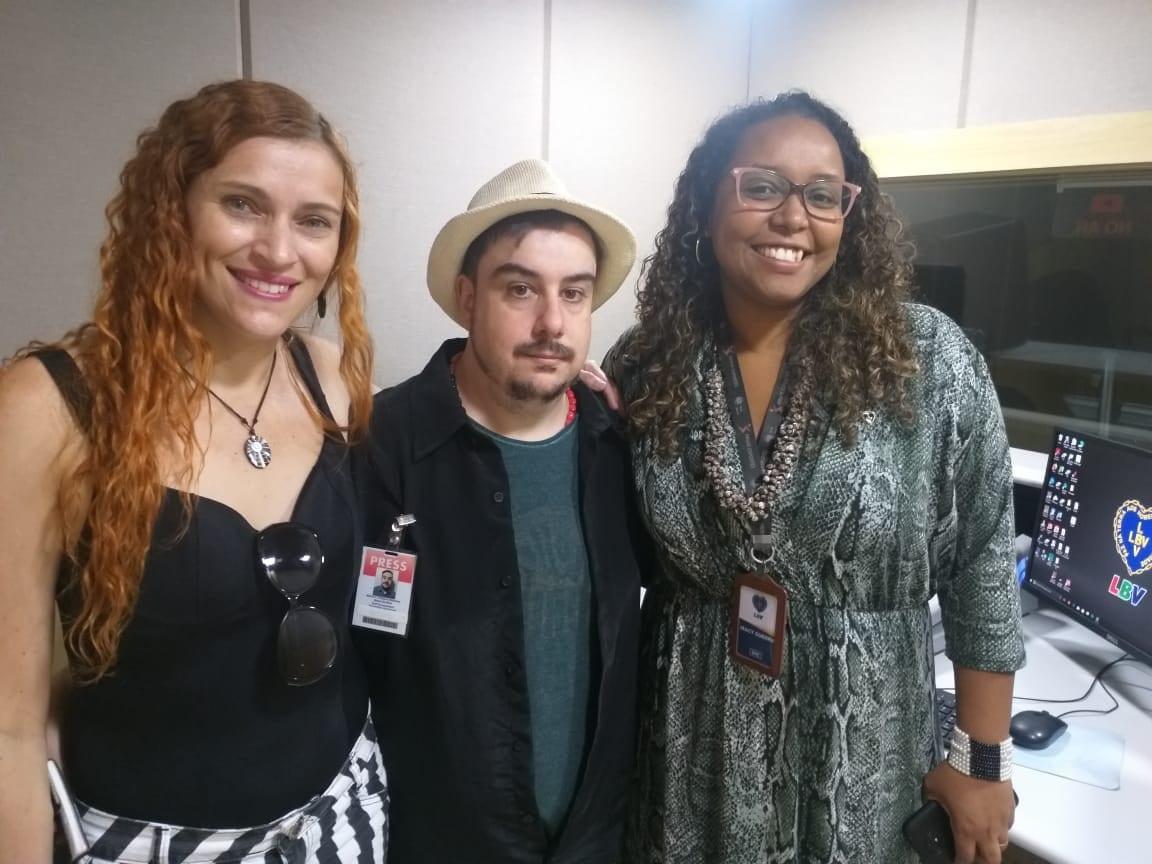
Finally, to the entire team of journalists and producers of the station, for the warm reception
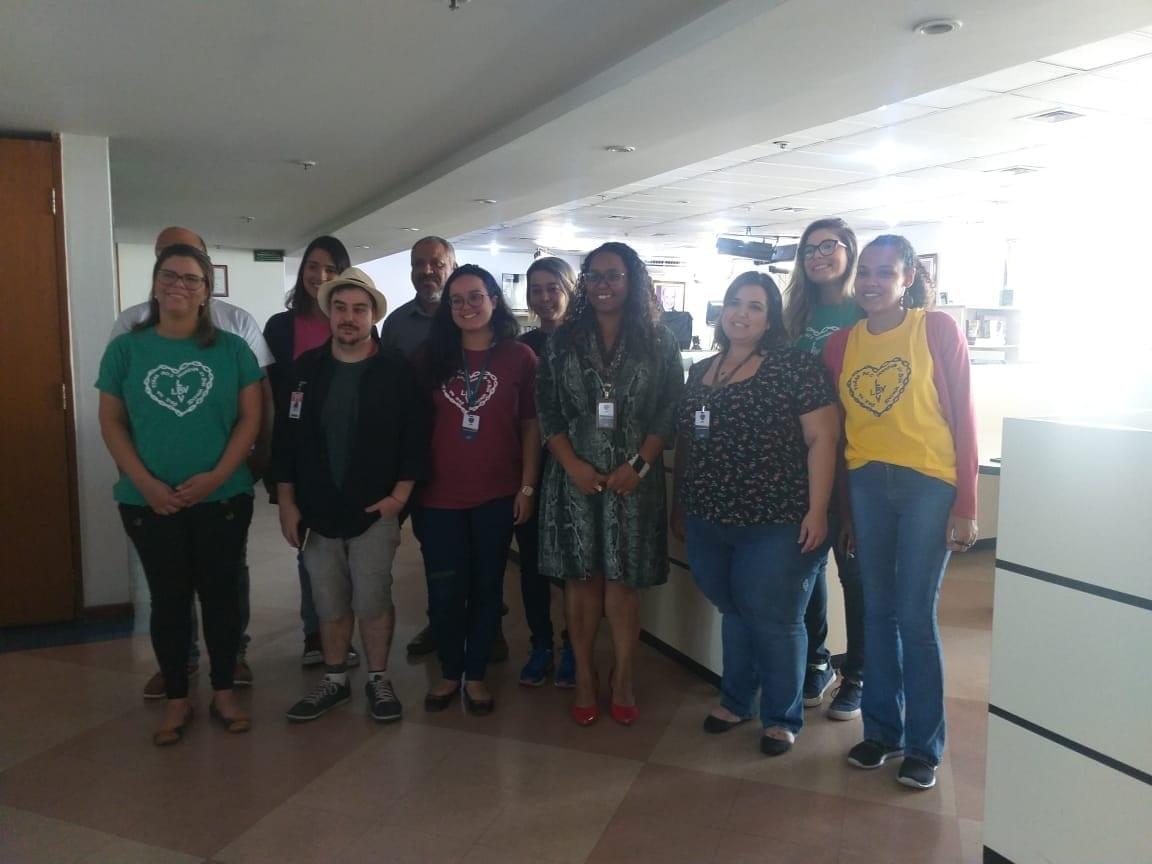
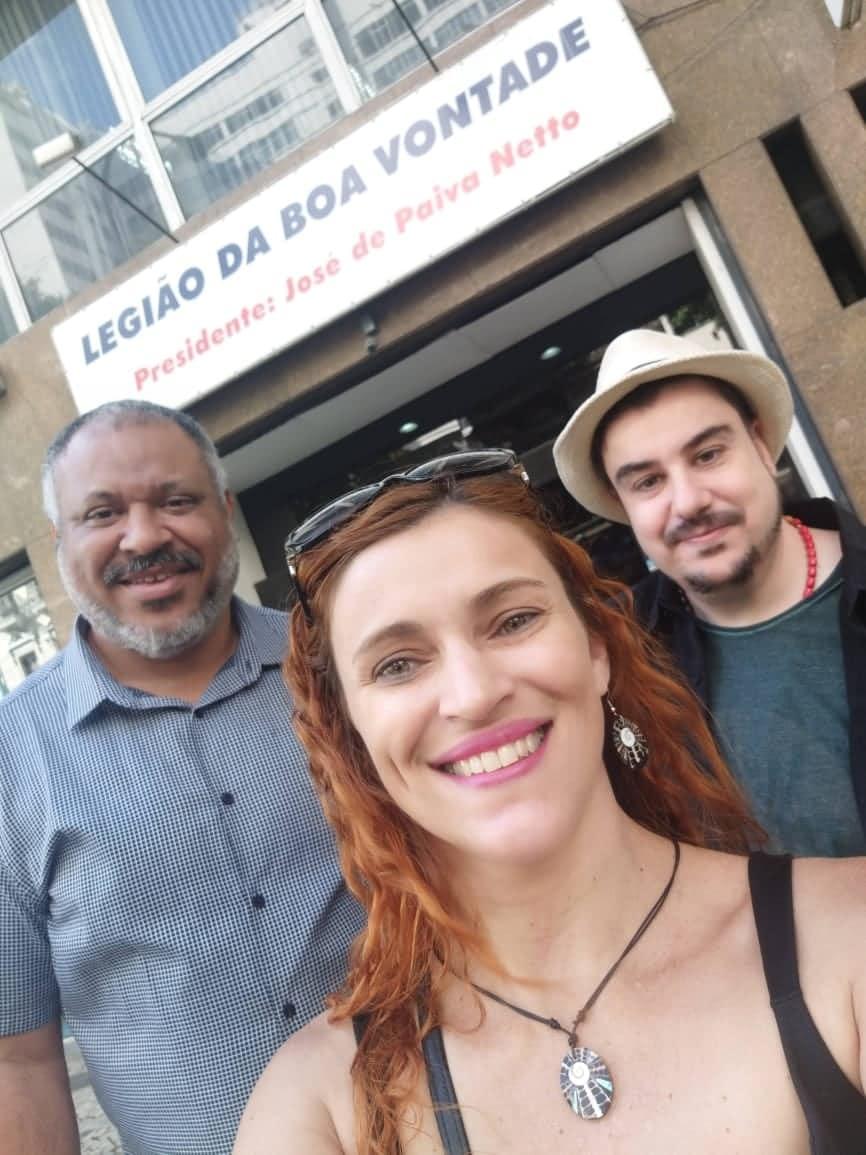
* This report was made days before the Covid 19 pandemic arrived in Brazil, that is why the photographs do not show masks or social distancing occurs.
The author of this report relied on Wikipédia Brasil and on the official site of the “Legião da Boa Vontade” https://www.lbv.org/
Martin Butera is our news correspondent in Brazil.
By: Martin Butera
Photographs: Ligia Katze
